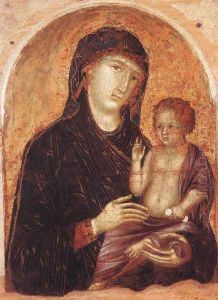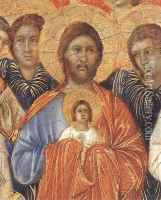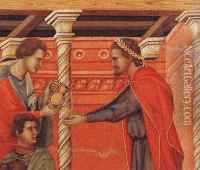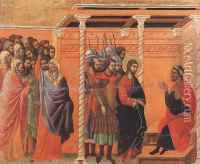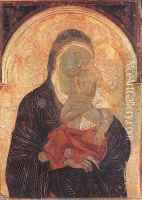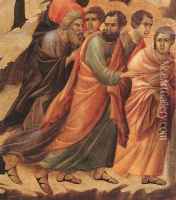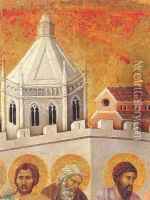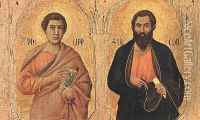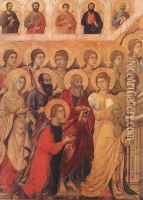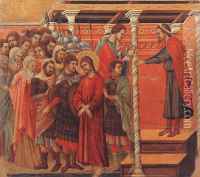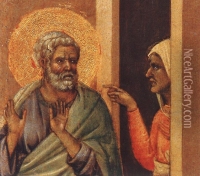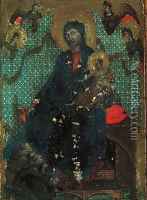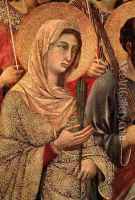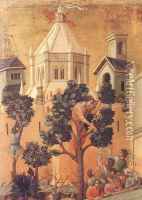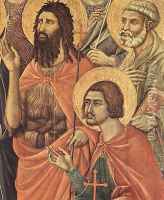Byzantine Paintings
Byzantine art is the artistic products of the Eastern Roman, or Byzantine, Empire, as well as the nations and states that inherited culturally from the empire. An important aspect of Byzantine artistic activity was the painting of devotional panels, since the cult of icons played a leading part in both religious and secular life. Icon painting usually employed the encaustic technique. Little scope was afforded individuality; the effectiveness of the religious image as a vehicle of divine presence was held to depend on its fidelity to an established prototype. A large group of devotional images has been preserved in the monastery of St. Catherine on Mt. Sinai.
The development of Byzantine painting may also be seen in manuscript illumination. Among notable examples of Byzantine illumination are a lavishly illustrated 9th-century copy of the Homilies of Gregory Nazianzus and two works believed to date from a 10th-century revival of classicism, the Joshua Rotulus (or Roll) and the Paris Psalter.
